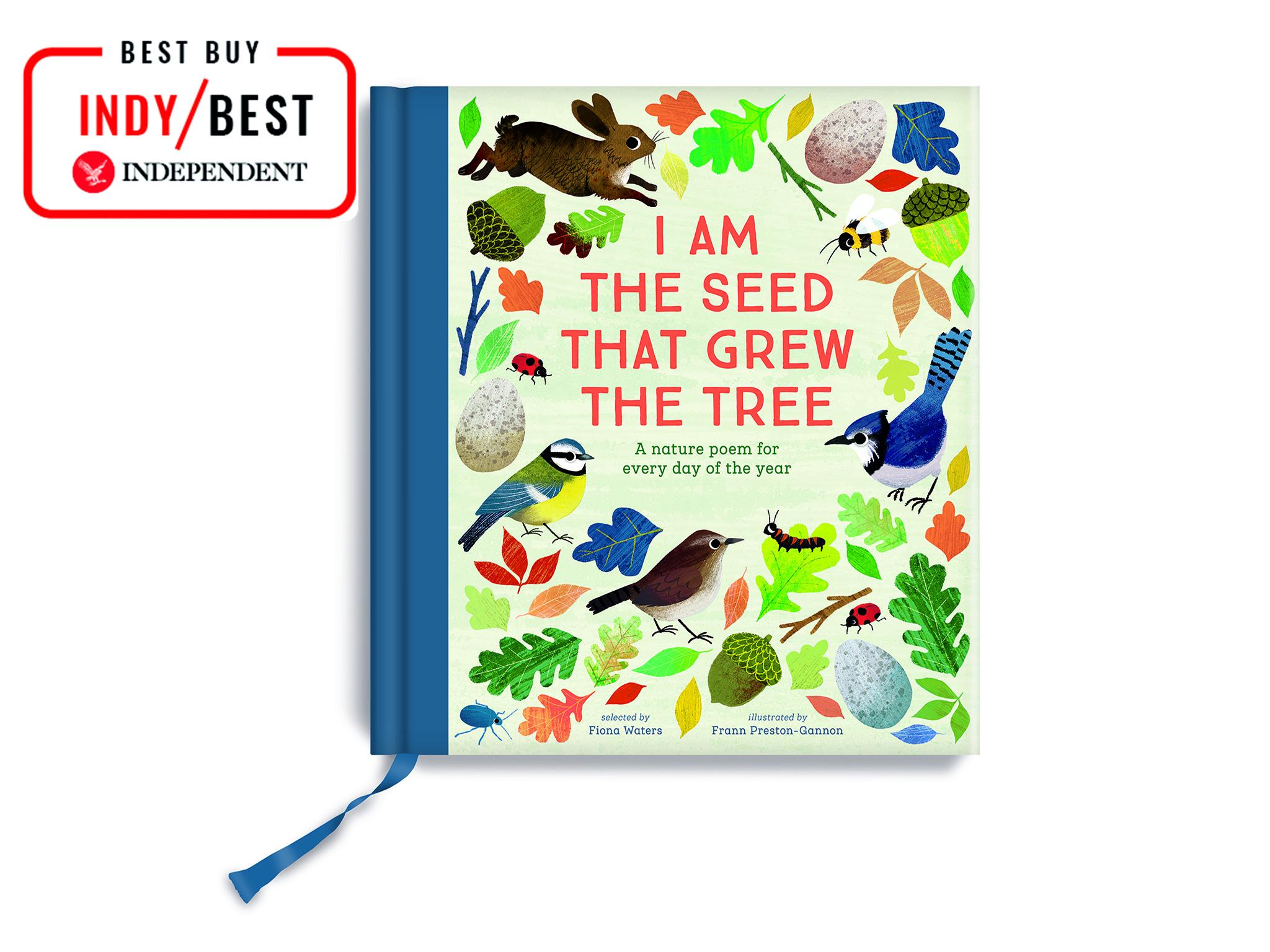‘I Am The Seed That Grew The Tree’ by Fiona Water and Frann Preston-Gannon, published by Nosy Crow

Named after the first line of Judith Nicholls’ poem “Windsong”, this book is lovely. Utterly beautiful illustrations accompany the vast selection of 366 poems between the covers, a nature poem for every day of the year including works by Emily Dickinson and William Wordsworth. However, many are anonymous, speaking to the artform's roots as an oral tradition.
If you are nervous of poetry – and many people are, believing it a serious and highbrow pursuit – you needn’t be. These poems are joyful and can be read aloud to little ones, while older readers might want to read aloud to their parents.
The poems are organised by season – “O Dandelion” is found in mid-May and you’ve got “A Hot Day” for 30 June. Midwinter – 6 January – offers “Stopping by Woods on a Snowy Evening”.
This is a tome that will stand the test of time – it’s instantly a classic anthology that is certain to spark the interest of many future wordsmiths. We bet plenty of parents find themselves curling up with this long after their little ones are in bed.
We love that these poems all speak to the natural world, of flora, fauna, fresh air and freedom – exactly what children need right now.









